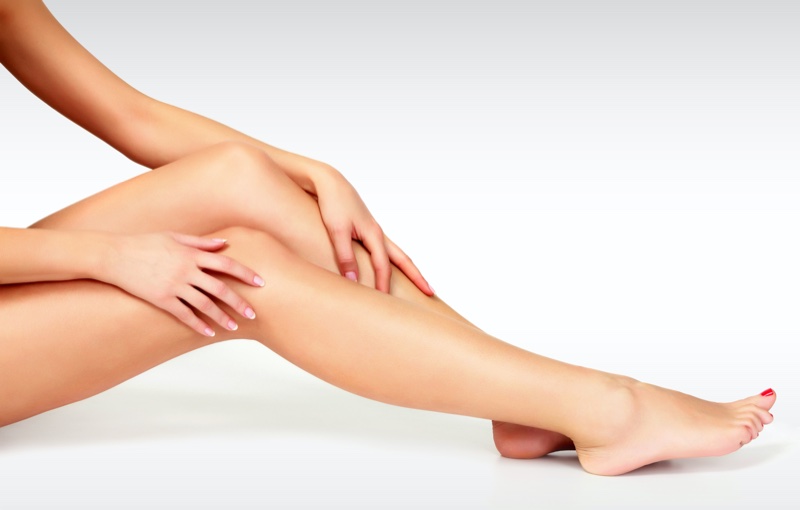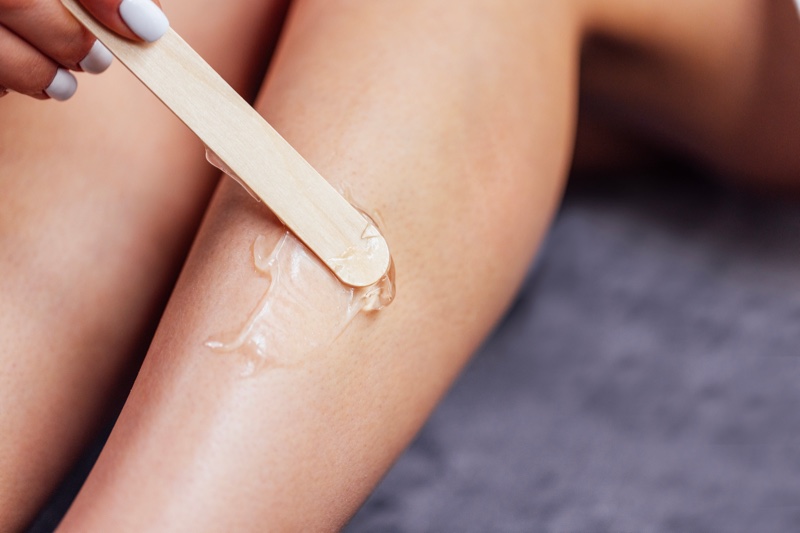
The long-standing debate between waxing vs shaving for hair removal has continued for years. Each method comes with its own set of benefits and drawbacks, making it challenging to choose the best option.
It’s essential to look at both techniques, weighing their pros and cons, and highlight key factors to consider when deciding which method suits you best. From Brazilian wax to electric shaving, there are plenty of options.
Waxing vs Shaving: The Basics

Before diving into specific hair removal methods, it’s important to understand how hair grows and the techniques.
Hair growth follows three phases: anagen (active growth), catagen (transition), and telogen (resting). The anagen phase varies by individual and hair type.
Waxing and shaving affect these phases differently. Waxing, especially with hard wax beads, removes hair from the root, targeting hair in the anagen phase, which results in smoother skin for longer periods since the hair has to grow back from deeper within the follicle.
In contrast, shaving cuts hair at the surface, leaving the root intact, which is why regrowth happens faster and may feel coarser. Genetics and hormones influence hair thickness, coarseness, and growth speed, making personalized choices important.
The Process of Waxing

Waxing involves applying either soft wax, which is removed with a cloth strip, or hard wax, which hardens and is pulled off directly. This method removes hair from the root, leaving skin smoother than shaving, as it targets hair at a deeper level.
Results typically last three to six weeks, depending on hair growth cycles, making it a popular choice for those seeking longer-lasting hair removal.
While waxing is commonly used on larger areas like the legs and arms, it is also effective for smaller, more delicate areas, such as the bikini line or eyebrows. Specialized techniques like Brazilian waxing require a skilled technician for optimal results.
Pros and Cons of Waxing

Waxing offers smooth skin for weeks by removing unwanted hair from the follicle, which results in finer regrowth over time. It also acts as an exfoliant, removing dead skin cells for a refreshed appearance. Many people enjoy it as part of their self-care routine.
However, waxing can be painful, especially for those with sensitive skin, and may cause irritation. Consider taking a pain reliever 30 minutes before to minimize discomfort. Additionally, regular waxing can be costly.
Preparing the skin and following up with soothing aftercare, such as aloe vera, can help minimize discomfort.
The Process of Shaving

Shaving is a popular hair removal method known for its ease and speed. It works by using a razor to cut hair at the skin’s surface. Today, electric razors make the process relatively easy.
Shaving can be done wet or dry, with many preferring to shave during or after a shower to soften the hair and minimize irritation. For the best results, start by softening the hair with warm water, ideally during or after a shower.
Using shaving cream or gel provides a protective barrier, allowing the razor to glide smoothly over the skin. Some opt for traditional straight razors for an exceptionally close shave, though this requires more skill.
Pros and Cons of Shaving

Shaving is fast, affordable, and can be done at home with minimal tools, making it a convenient option for many. It leaves the skin feeling smooth and clean.
However, regrowth happens quickly, often within a day or two, leading to stubble. Common issues like skin irritation, razor burn, ingrown hairs, and cuts can occur, especially without proper technique.
Using a sharp blade, shaving in the direction of hair growth, and applying soothing aftercare products can help prevent these problems.
Comparing Waxing and Shaving
With a better understanding of both waxing and shaving, let’s compare them based on key factors.
Pain and Comfort Levels

Pain tolerance varies, but waxing is typically more painful than shaving since it pulls hair from the root. Shaving, while less painful, can cause discomfort through cuts, nicks, or razor burns. People with sensitive skin often find shaving to be a gentler option.
Longevity of Results
Waxing offers longer-lasting results compared to shaving. Shaving cuts hair at the surface, leading to regrowth within a day or two.
In contrast, waxing extracts hair from the follicle, keeping skin smooth for three to six weeks, making it ideal for those seeking extended hair-free periods.
Areas of the Body

Different areas of the body may be better suited to one method than the other. For instance, shaving is popular for the legs, armpits, and even facial hair. It allows for quick touch-ups and can be done relatively easily at home with little preparation.
On the other hand, waxing is often preferred for larger areas of body hair like the back or chest, as well as delicate areas like the bikini line or eyebrows.
Because waxing removes hair from the root, these methods can lead to less overall regrowth in sensitive areas, reducing the frequency of hair removal sessions.
Shaving: Best for legs, underarms, facial hair.
Waxing: Ideal for back, chest, bikini line, eyebrows.
Skin Type and Sensitivity
If you have sensitive skin, you may want to opt for shaving or perform a patch test with wax to see how your skin reacts. For individuals with resilient skin, waxing might be a more suitable option for smoother results.
Hair Type and Growth Rate

Your hair type and how quickly it grows back can greatly affect your decision. Thick and coarse hair may benefit more from waxing, while finer hair might be easily managed with shaving. Assessing your unique hair characteristics will help you make an informed decision.
Cost Comparison
Cost is another important factor for many. Shaving usually involves lower upfront costs, with a quality razor and shaving cream costing under $20.
Disposable razors cost even less. However, these expenses add up over time, as razors need frequent replacement, especially for regular users.
Waxing, by contrast, has a higher initial cost per session, ranging from $30 to $100, depending on the area and salon.
However, because waxing lasts longer between treatments, the overall frequency is much lower than shaving, making it a more economical choice in the long term for some people.
Personal Preference and Lifestyle

Consider your lifestyle when choosing a hair removal option. If you prefer quick, hassle-free solutions, shaving might work better for you. Alternatively, if you can dedicate time to waxing sessions and prefer long-lasting results, then waxing may be the way to go.
Other Hair Removal Methods

Aside from waxing and shaving, there are various other hair removal methods, including laser treatments, depilatory creams, and electrolysis. Each method has its own set of advantages and limitations. However, waxing and shaving remain the two most popular choices for their accessibility and ease of use.
For those looking for a more long-term solution, exploring options like laser treatments or electrolysis may be beneficial, as they target hair follicles directly to reduce hair growth over time. They are especially popular for women who deal with conditions such as PCOS or post-menopausal hormonal changes.





